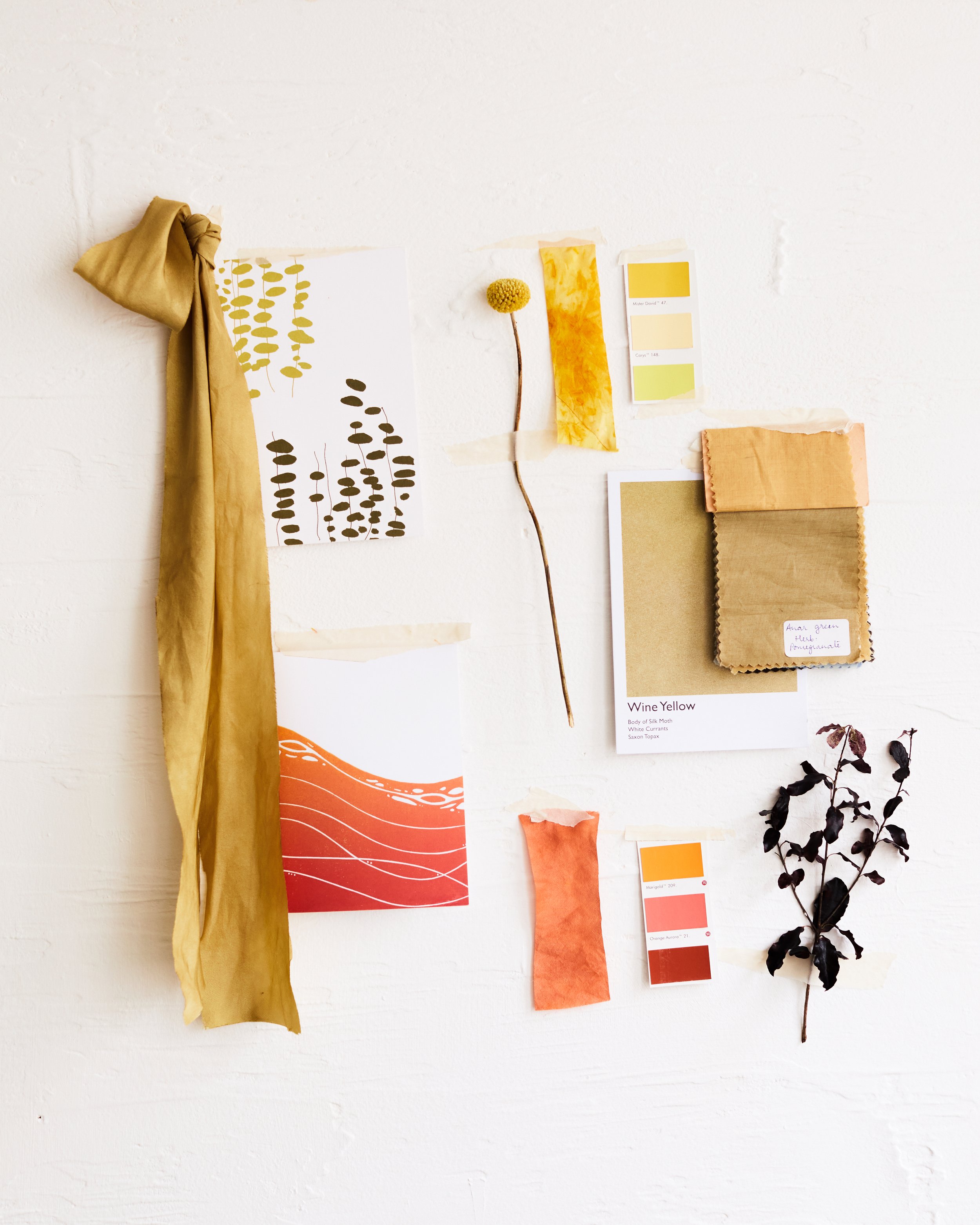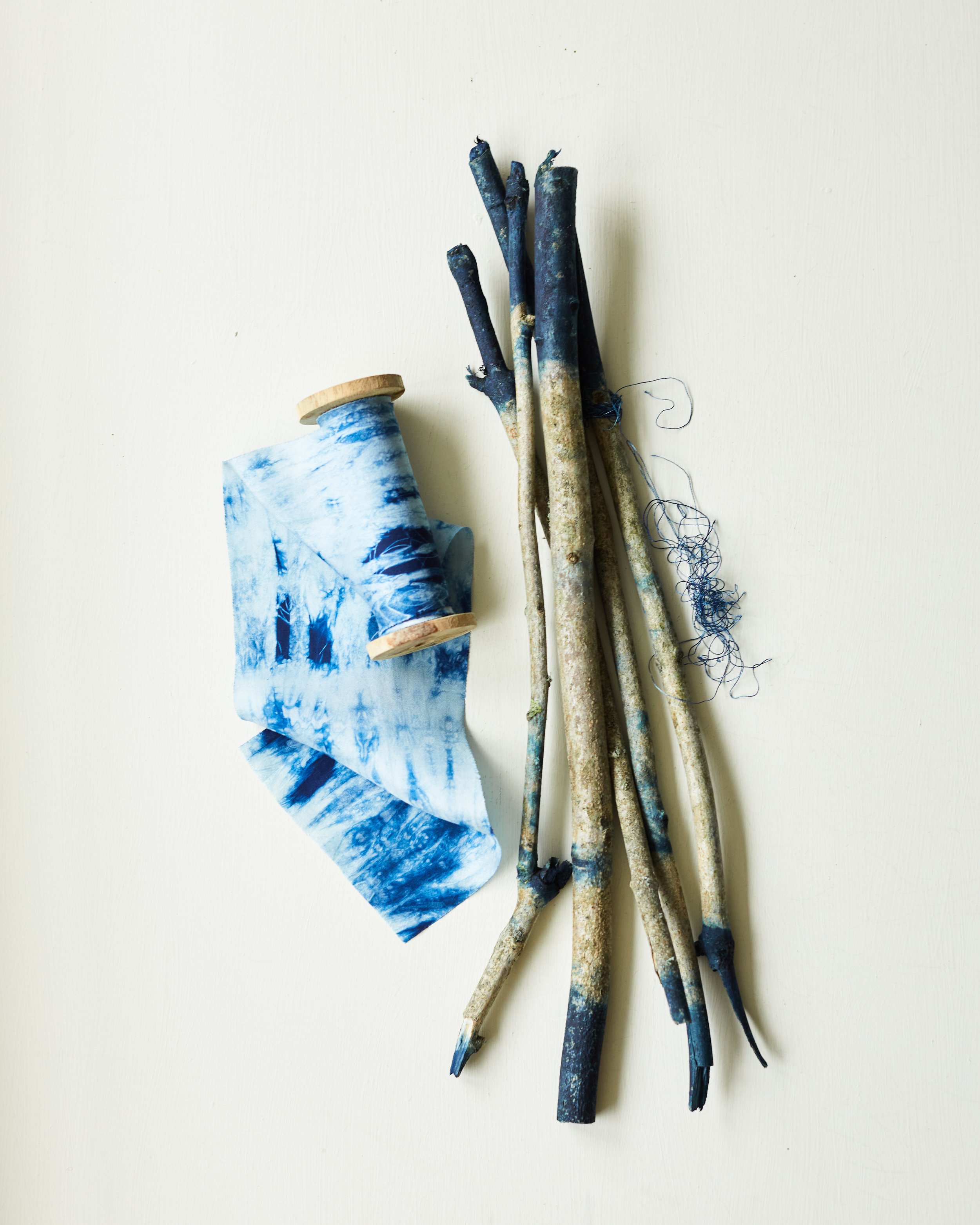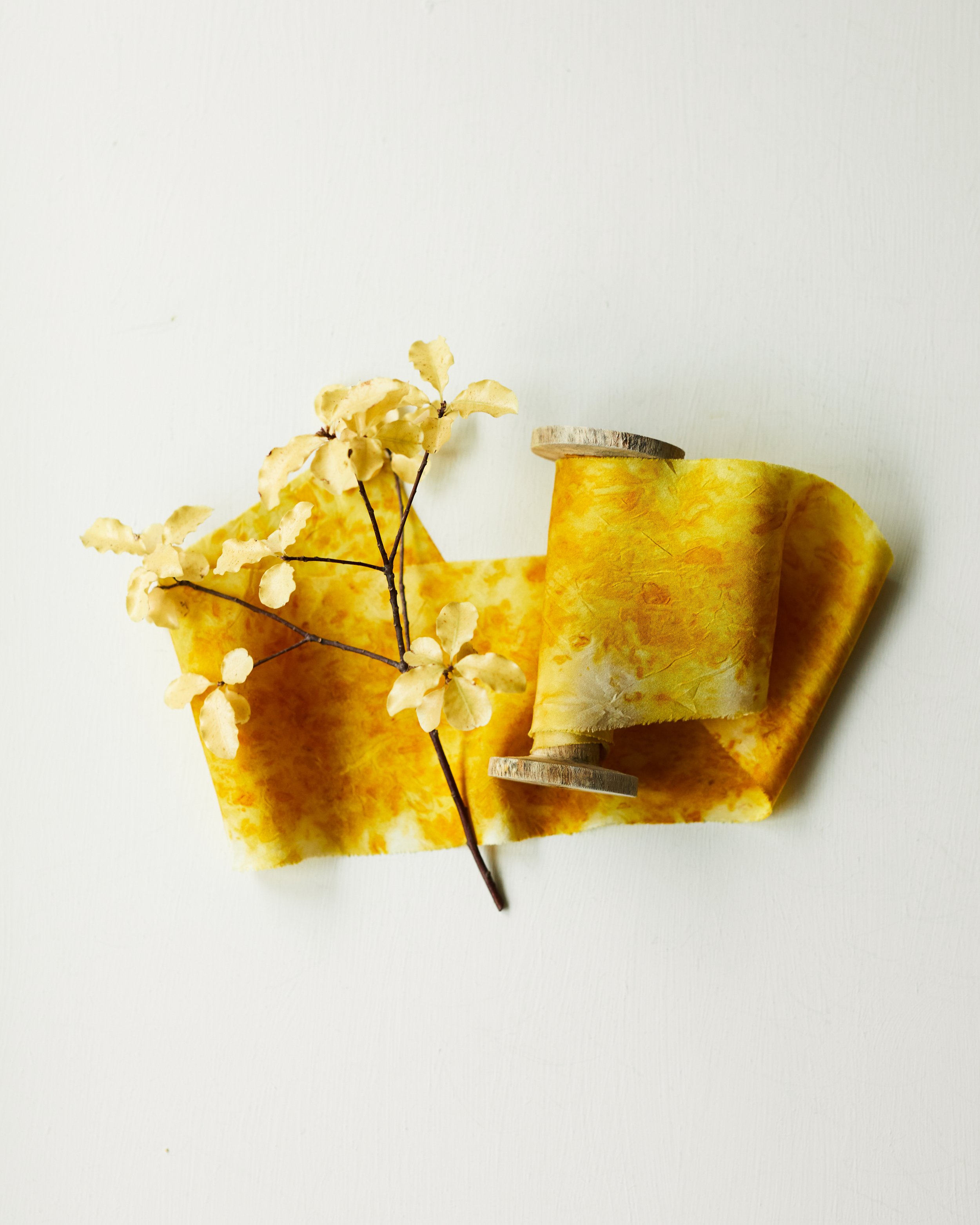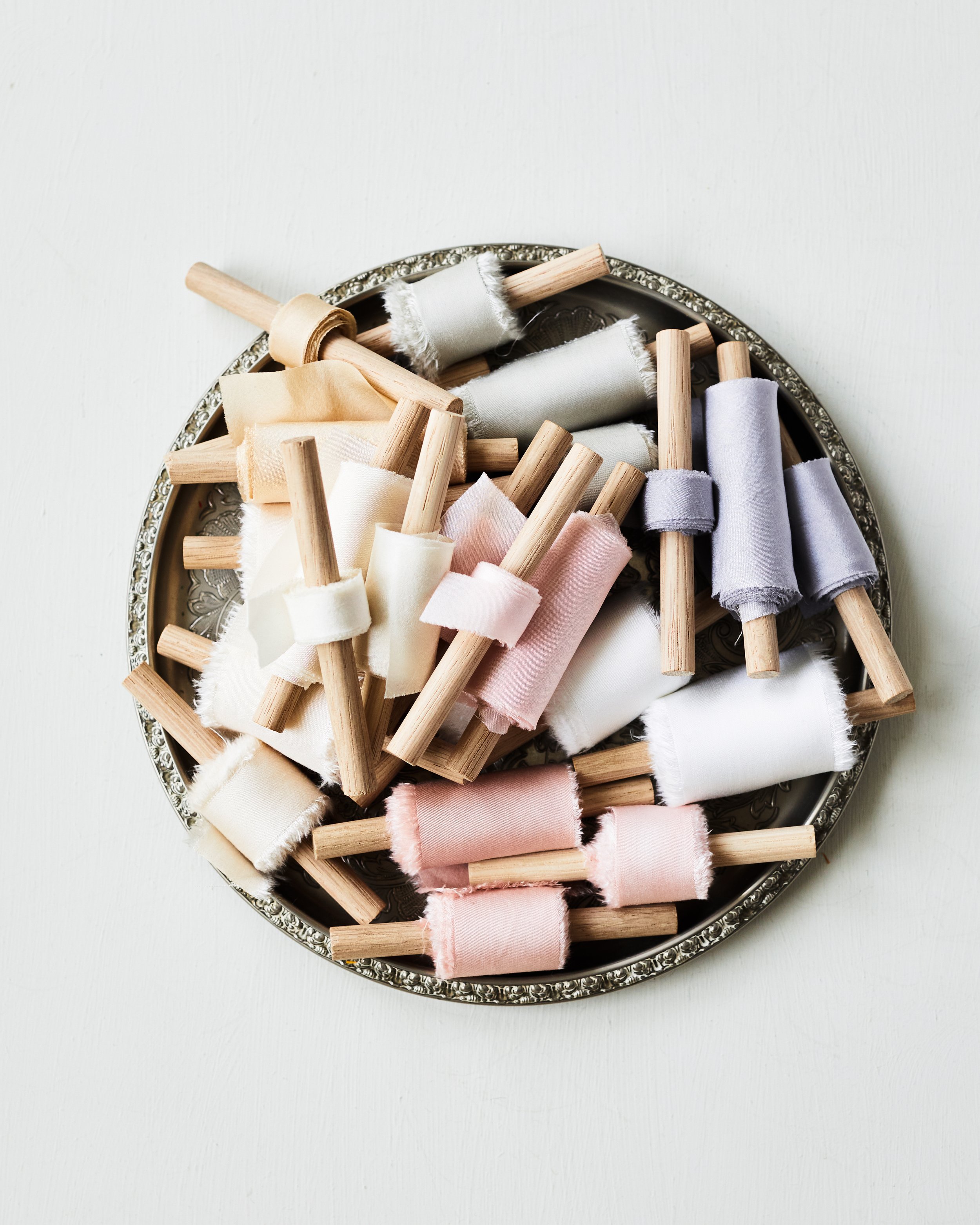Meet the Maker: Lancaster & Cornish
Lancaster & Cornish is a small brand founded by Sian Cornish, an artisan creating handmade, small batch natural silk ribbons, coloured with natural dyes in her studio in Cornwall, Her seasonal collections of silk ribbons and accessories, are always heart-felt expressions of landscape. The process captures colour and pattern using ancient dye techniques and exotic natural dyes, resulting in truly unique pieces, heirlooms with soul.
We are so delighted to join Sian in conversation to learn more about her journey into the wonderful world of textiles, the fascinating process behind her creations, and how nature provides a constant source of inspiration.
SCROLL DOWN TO BOOK A WORKSHOP WITH LANCASTER & CORNISH AT THYME!
Tell us about your journey with art and textiles?
I loved art at school, but my academic journey, born of a love of the shells and fossils, led me to a degree in Geology and following that a Masters in Environmental Science.
The route to my current occupation, dyeing silks with plant dyes, isn't obvious, but throughout my life, wherever I have travelled, the first thing I always do is wander local markets admiring the beautiful fabrics. Whilst in India with my husband 20 years ago, I visited a sari factory, and it was quite shocking to me, the lack of health and safety and the disregard for sustainability at the time. This observation stayed with me, and so, when I started the business, I chose to buy and sell organic fabrics, promoting a sustainability message that was really important to me.
As Lancaster & Cornish grew, my interest in natural dyes, in colour and textiles, in sustainability and the environment, was brought together when a florist friend asked me to create some ribbons for her bridal clients. Since that time, my personal interest in fashion and colour and that bringing together of the artistic and science disciplines has led me on a journey of colour discovery through natural dyeing.
You have a family history of textiles, tell us a bit about how fabric runs in your blood?
On the Lancaster side several generations back, some of my family were cotton weavers in the Manchester Mills. From my understanding this was a hard life of manual labour, and my Grandfather and his uncle sought to find a more lucrative path through starting their own fabric shop, D.M. Lancaster, in the heart of central Manchester in the early 1900's. Three floors of silks, cotton, linens, traded both from the UK and around the world, a time when business was done face-to-face and samples were delivered directly from source. My Grandmother's own wedding dress was made with fabric from the shop, for her simple chapel wedding in Bethesda, north Wales.
My Mum has always had a passion for fashion and textiles, sewing my party dresses from an early age, and imparting her love of fabric and texture to me through her own interests. There were always copies of Vogue around the house, and inspirational books about photography (think Norman Parkinson), textiles and art as well as my Dads books on natural history and physics!
Based in the heart of Cornwall, you must draw so much inspiration from your surroundings. How does nature inspire you in your work?
The ancient moorlands, coasts, woodlands and gardens of Cornwall are an endless source of inspiration. My connection to landscape started as a child, walking along seemingly endless flat beaches searching for shells for my collections. Since my move to Cornwall, and particularly in the past few years, I started to make more connections between what I was foraging and finding and also other elements of the landscape. I walked up and down the river Fowey in Lostwithiel, Cornwall, almost every day in winter lockdown, and that led to the development of several of my seasonal collections, because I really started to feel a strong connection to the landscape and wanted to somehow show that through colours and markings. I sometimes have a sense of 'feeling into the landscape' and a strong desire to express that connection through the cloth.
Could you take us through the process of silk dying?
Preparation is key in natural dyeing. Fabrics need to be thoroughly scoured (washed) to remove impurities, before a process of mordanting. Mordanting (from the French word 'mordere - to bite' is the process of impregnating the fabric with a substance that helps the natural colour pigment to stick (or bite) to the fabric. Traditionally, these mordants are metal salts such as iron and aluminium, and the fabric is prepared in a solution of these salts and left over a period of time. Once the preparation is over, the real fun can begin. Most dyes are made using a 'dye bath' method, which I would like to making a cup of team, infusing plant matter in hot water and allowing the colour to leach out. Once this is complete, the plant matter is strained off, and the prepared silks and fabrics are immersed in the bath, allowing the colour to be transferred and the depth of shade to develop.
What is your favourite thing about working with natural dyes?
I spend much of my time seeking connections, drawn to the links between disciplines and the invisible line between art and science as a way to understand the really big things in the context of our everyday. These connections might be stories of love, of people and of lands. They might be tales of colour, extracted from plants, and woven into history. They might also be stories of the earth, our solar system and indeed our universe. Creating my work makes me feel grounded, joyful and helps to make sense of everything around me.
Much of my work is centred around weddings and events, replicating colours and patterns, and I really love the actual dyeing process, it can be very meditative and peaceful. However, I do really enjoy experimenting, allowing room for imperfection and working more with the seasons and what is around me.
From a textile perspective, is there a person/maker/brand who inspires you above any other?
Block Shop Textiles, a family run textile, art and design studio using natural dyes block printed on cloth. They are based in the US and work closely with Indian artisans to produce their beautiful, colourful work.
In the UK, both Molly Mahon and her joyful block prints, and Madder Cutch & Co who exclusively use plant based inks, inspire and provoke a sense of joy and wonder at the world.
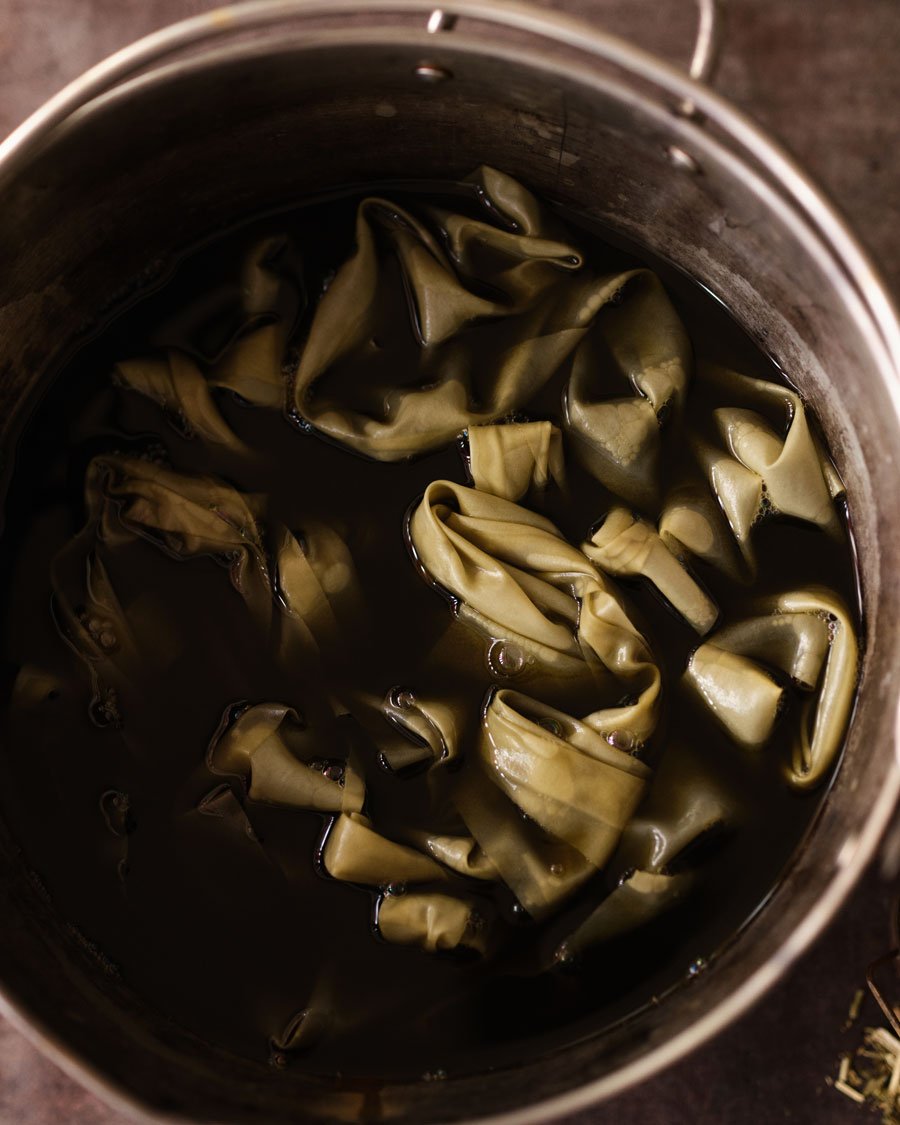
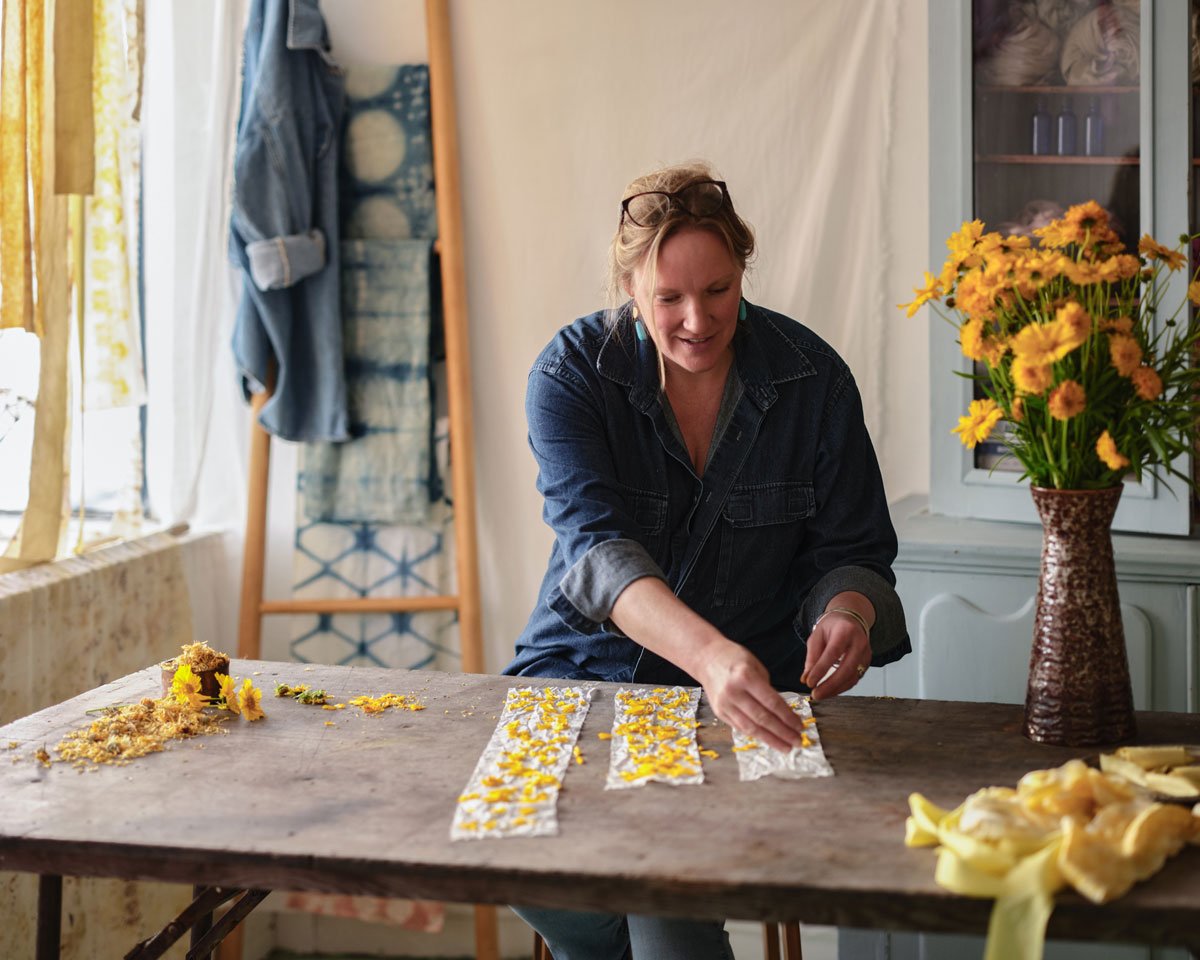
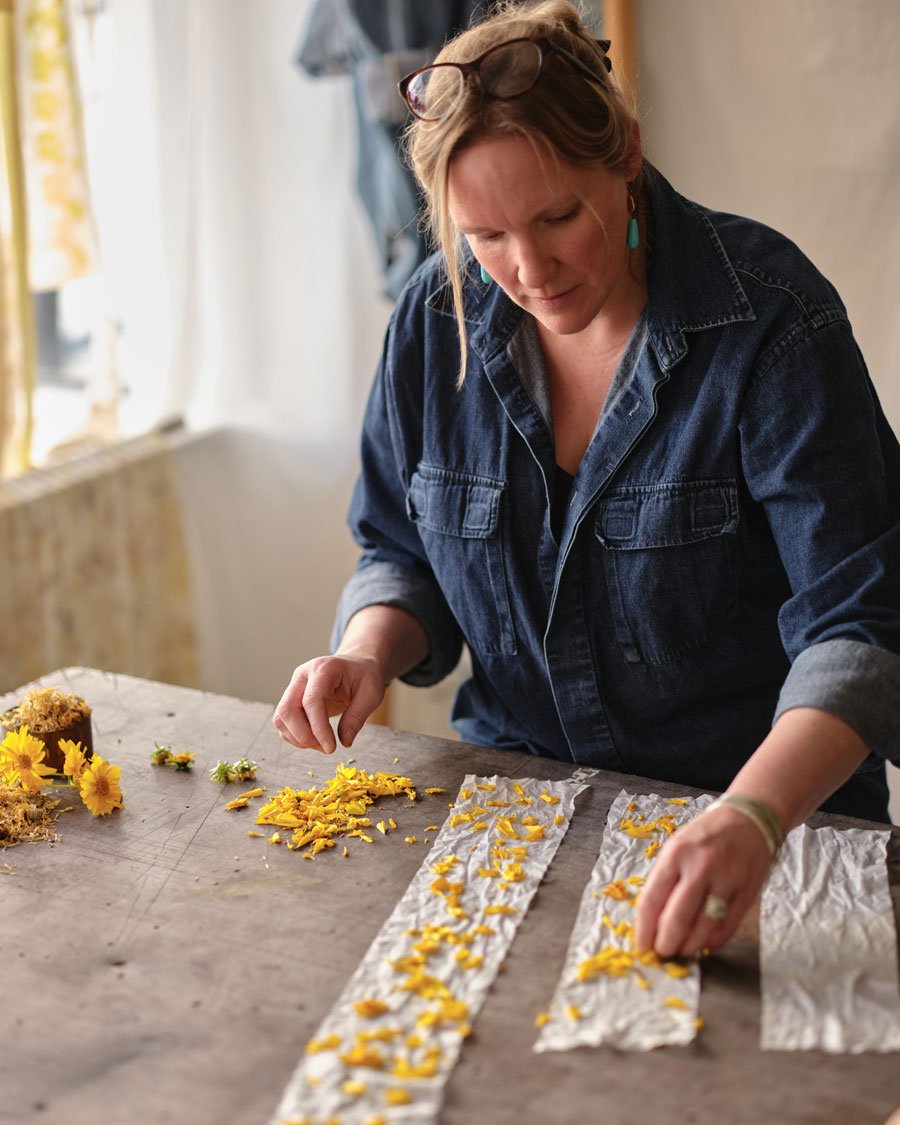
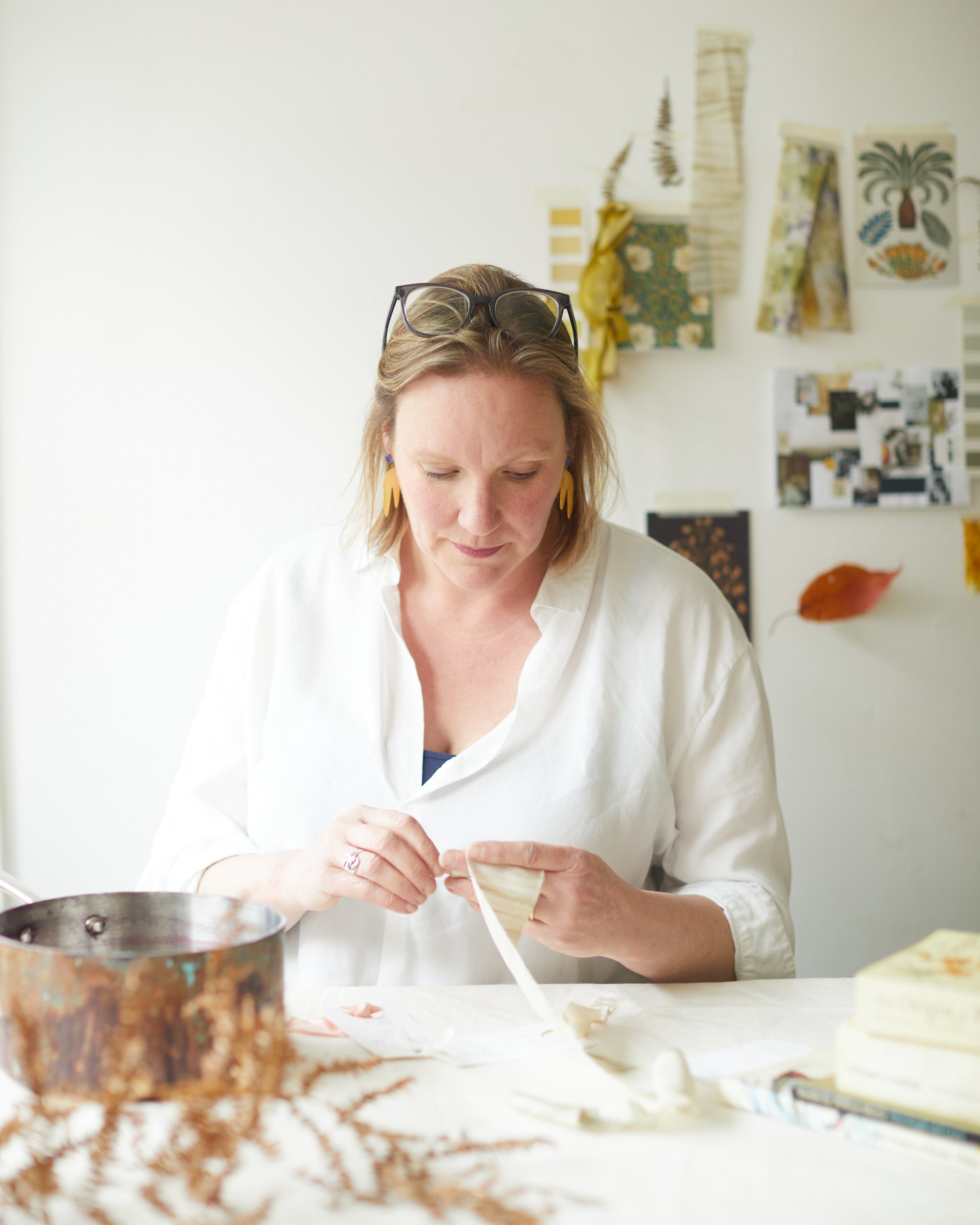
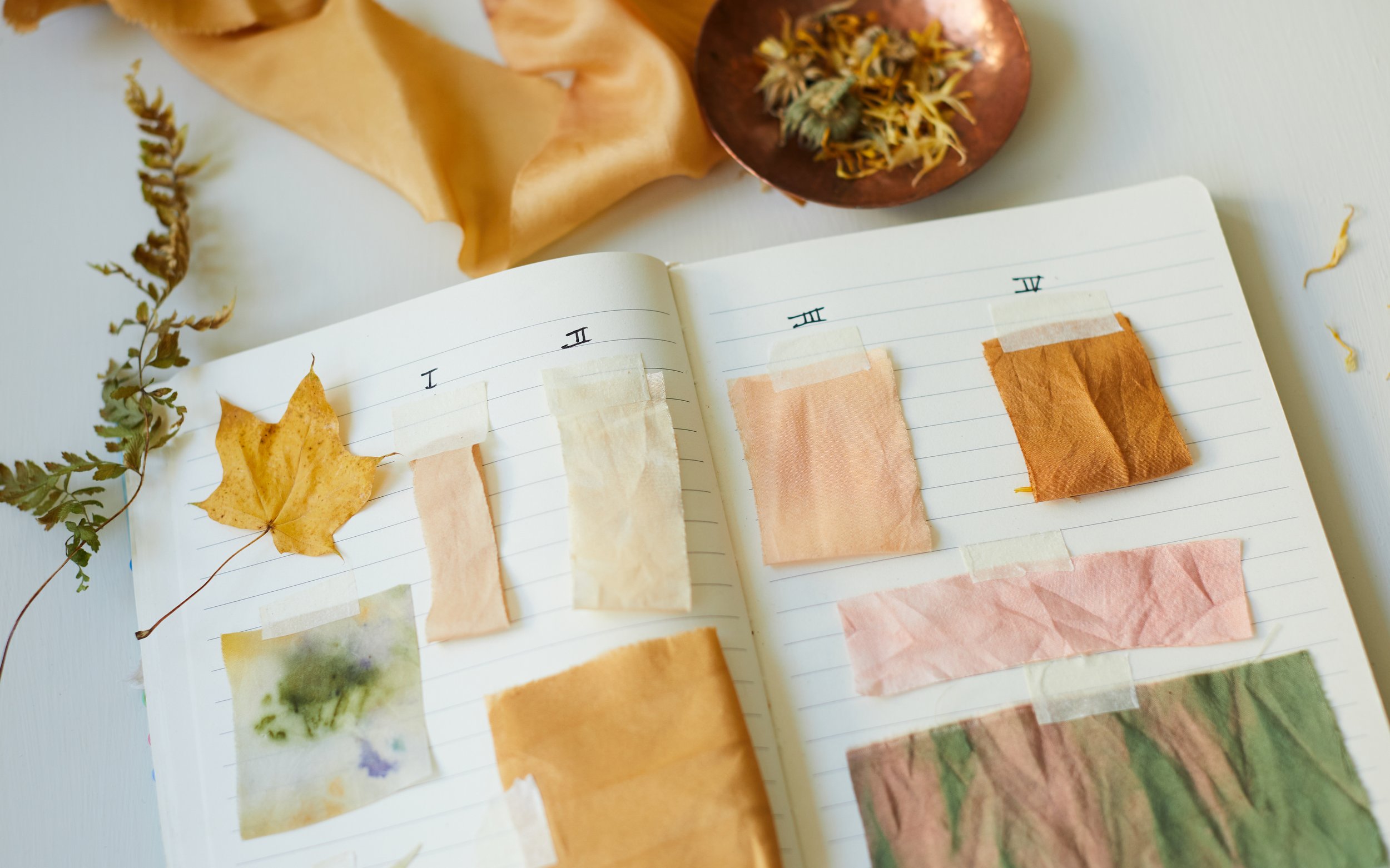
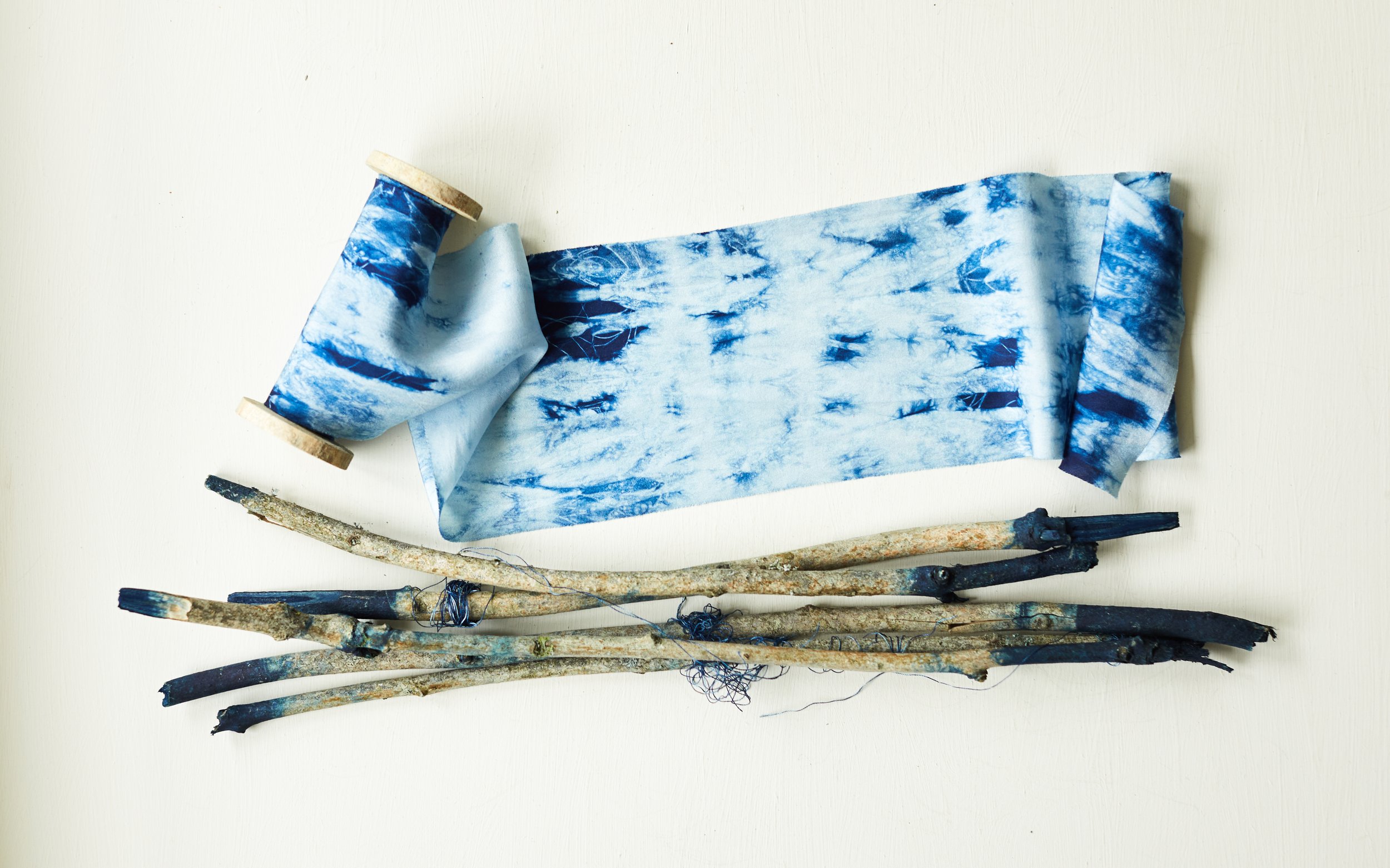
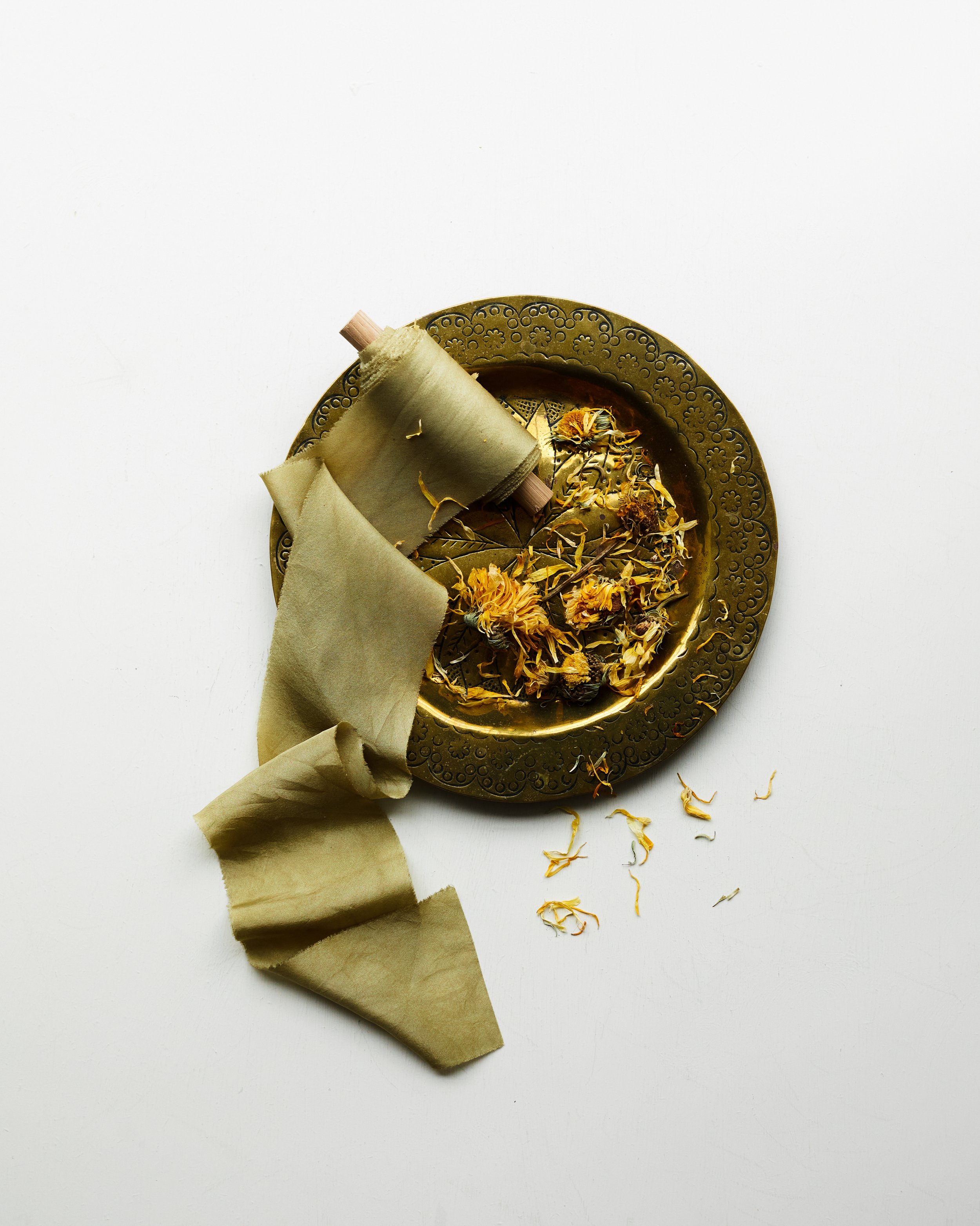

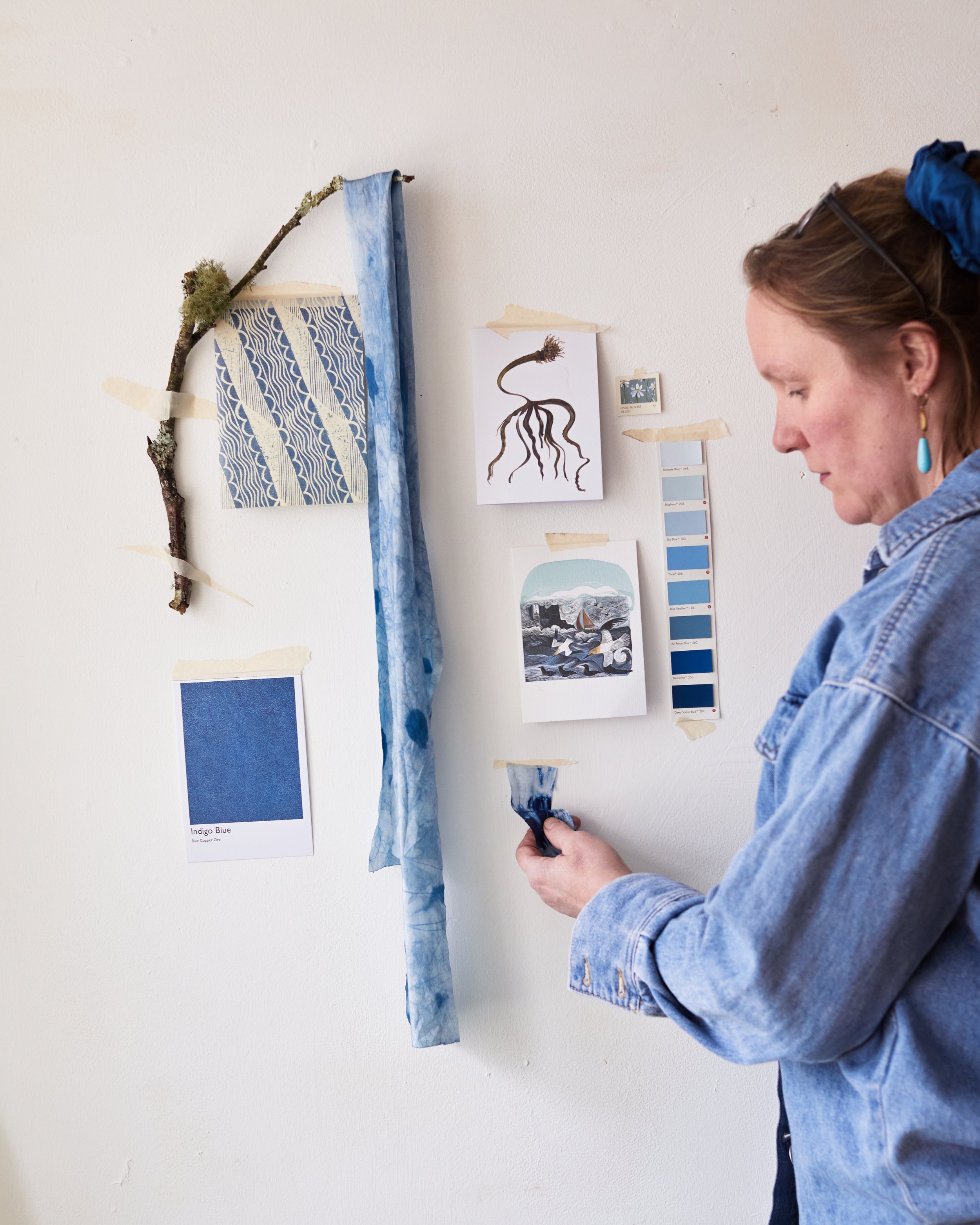

When you’re not working with textiles, how do you spend your time?
In the past few years I have taken up sea and river swimming, and try to get in the water year round (come rain or shine!) at least once a week with friends. I find it an endless source of inspiration, and being outside by the sea is one of my favourite places to be.
I have two teenage girls, so as you can imagine much of my time is spent with them. There are wonderful company, full of fresh creativity, and we also share a love for vintage clothes and scarves as well as time spent in and around the sea.
Other than that? Dancing (always first on the dance floor), music, film, friends and family.
All imagery by John Hersey Studio


